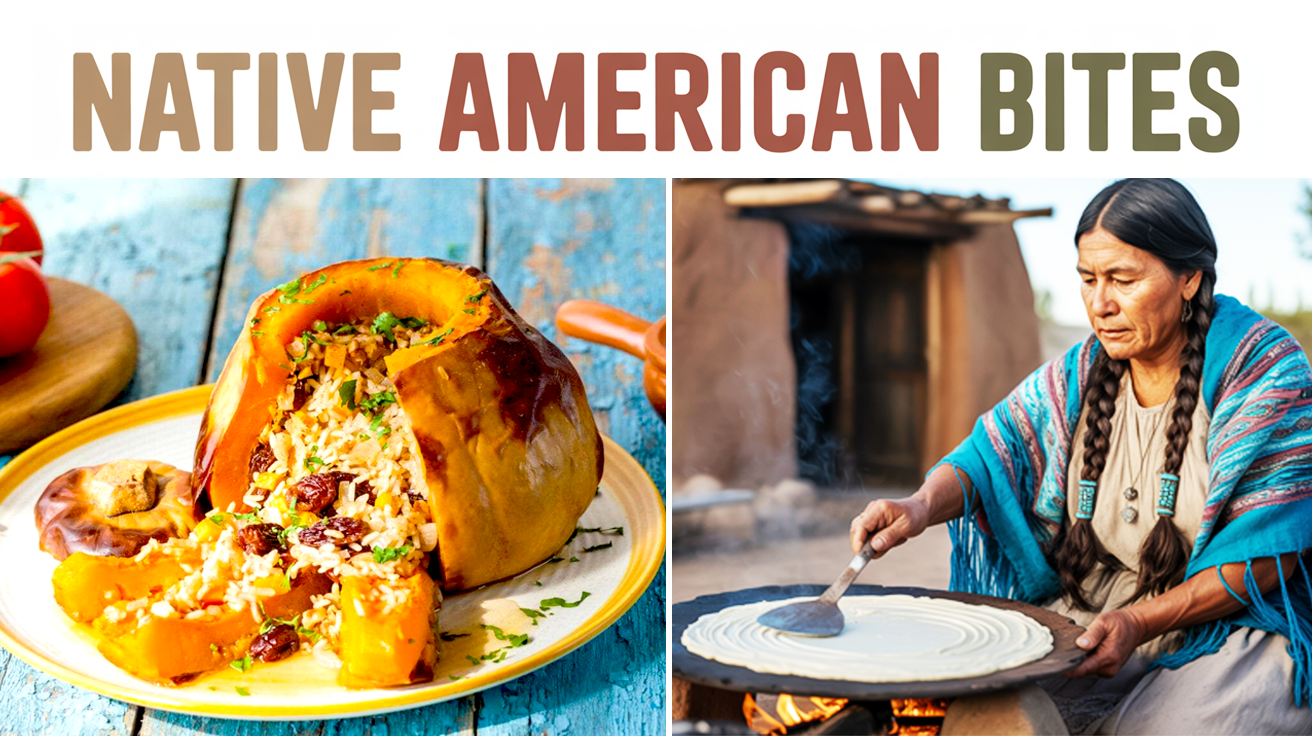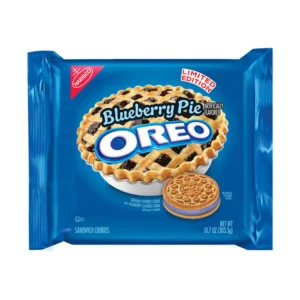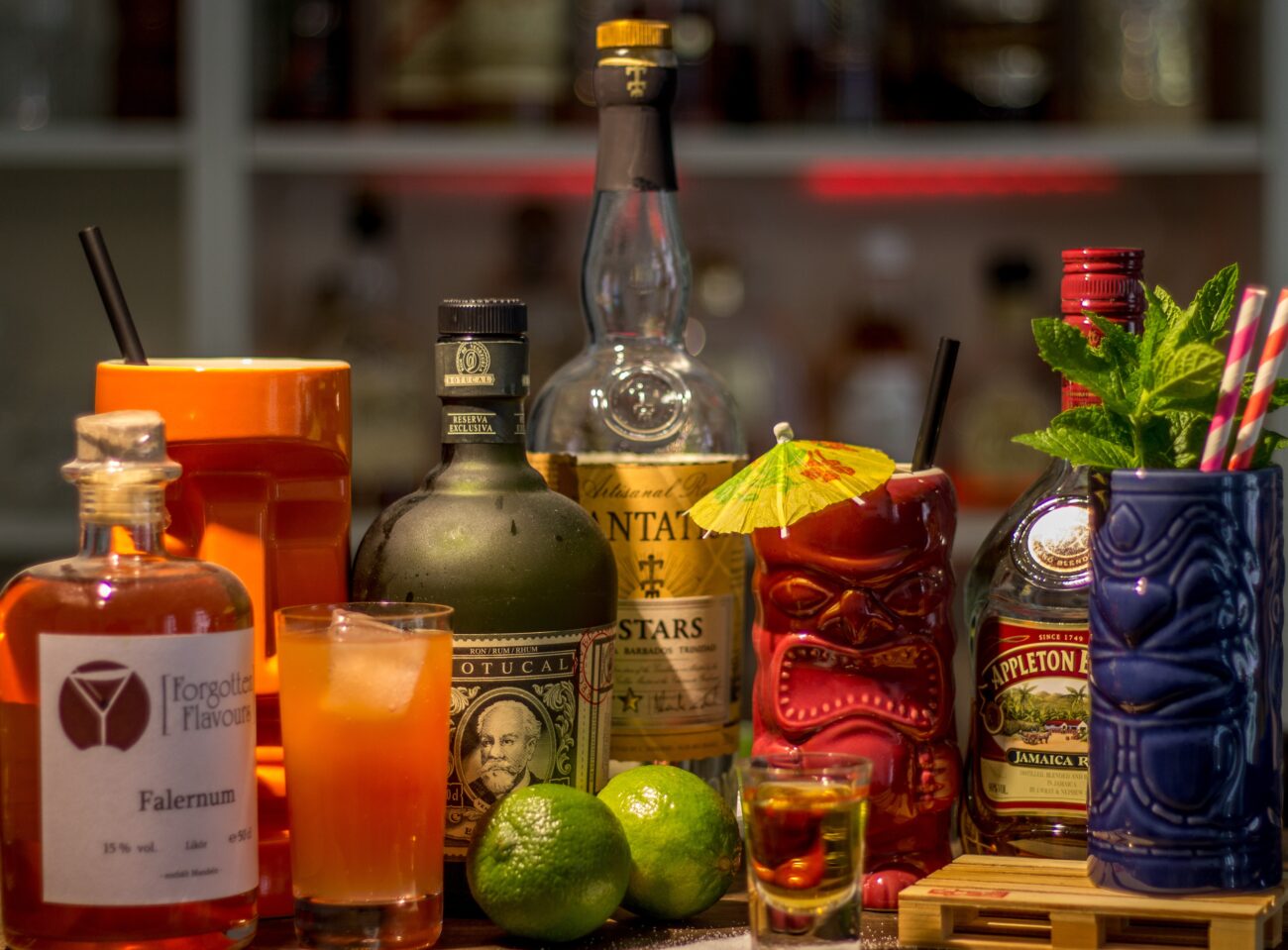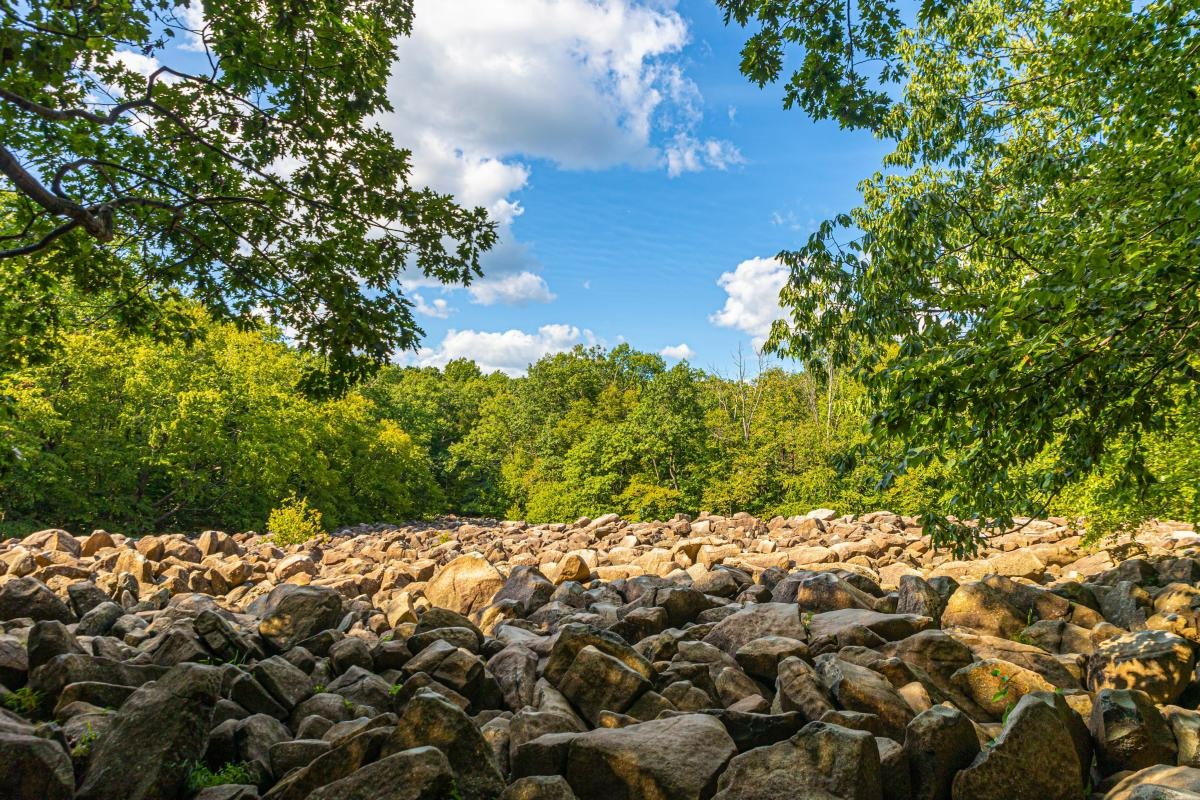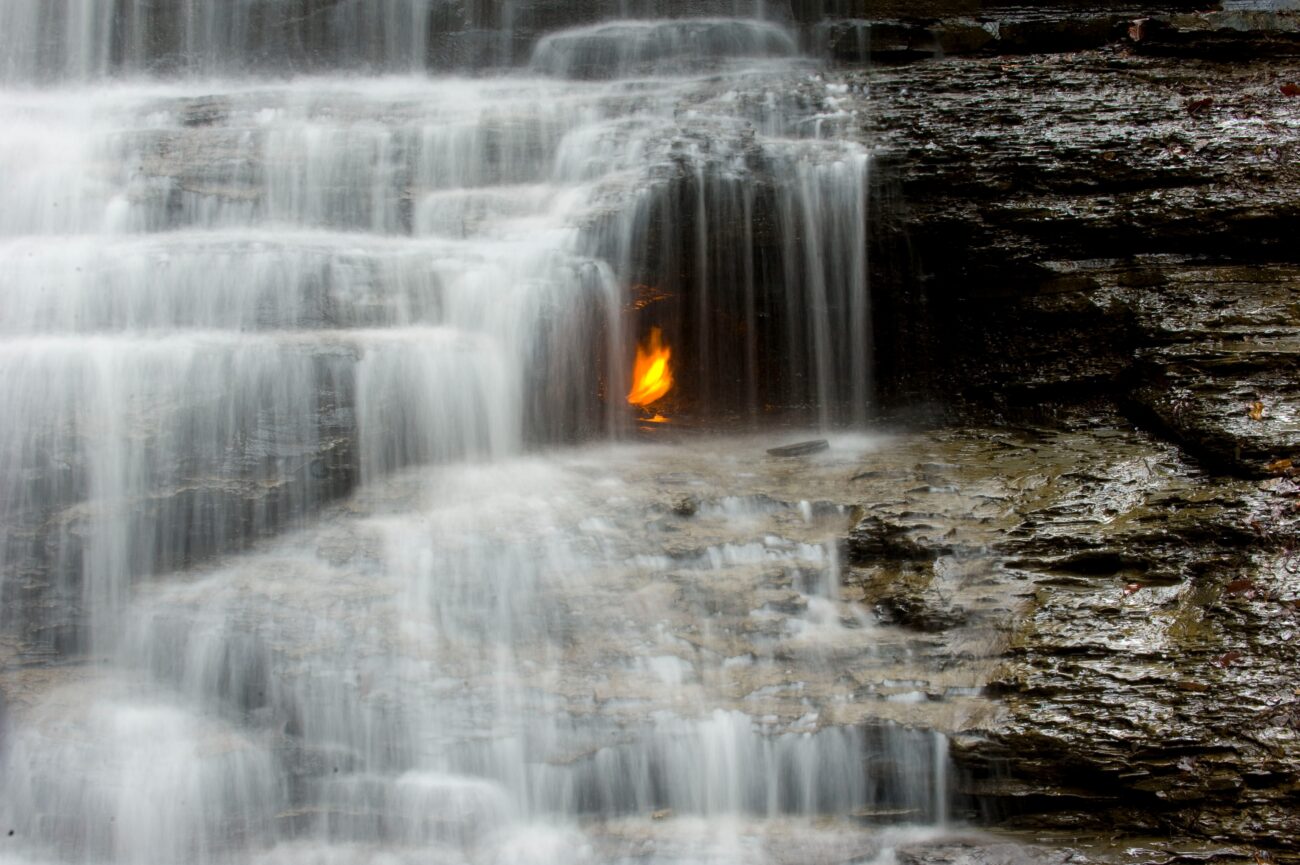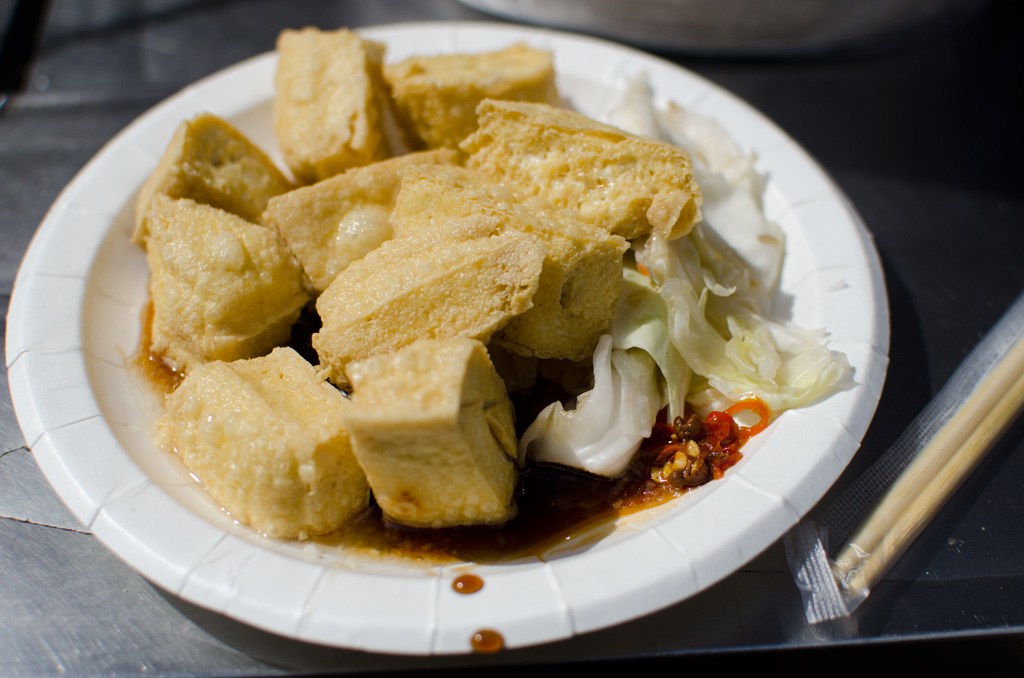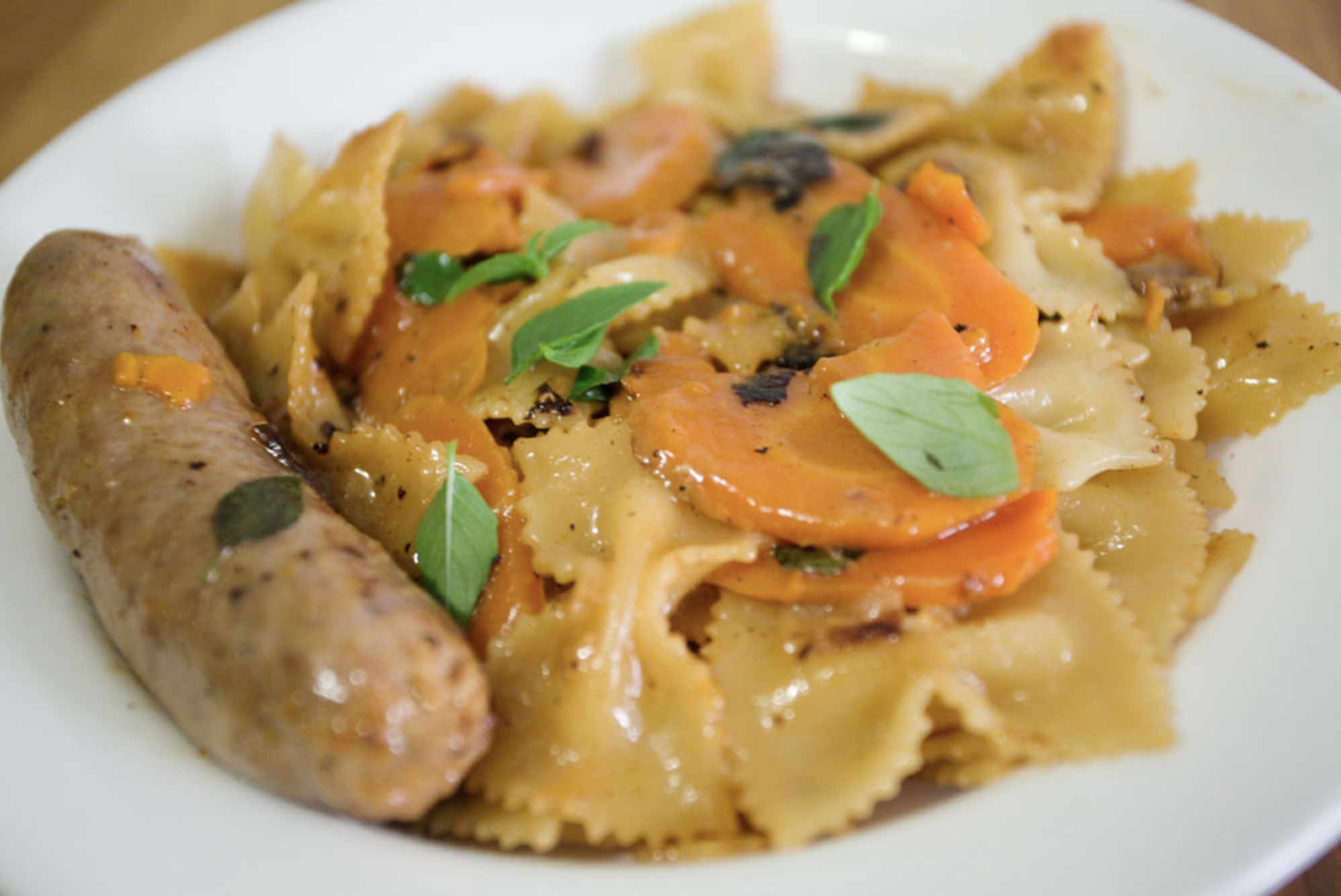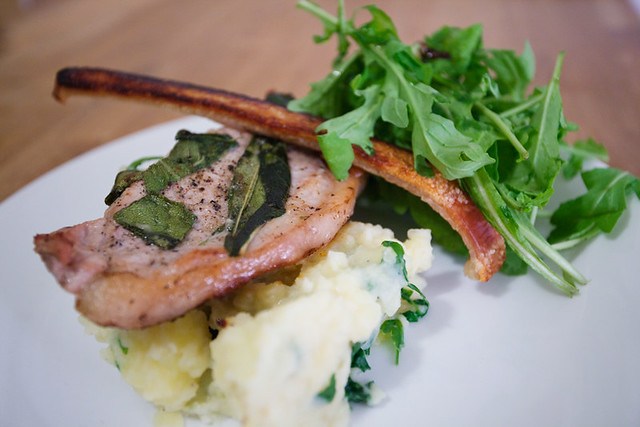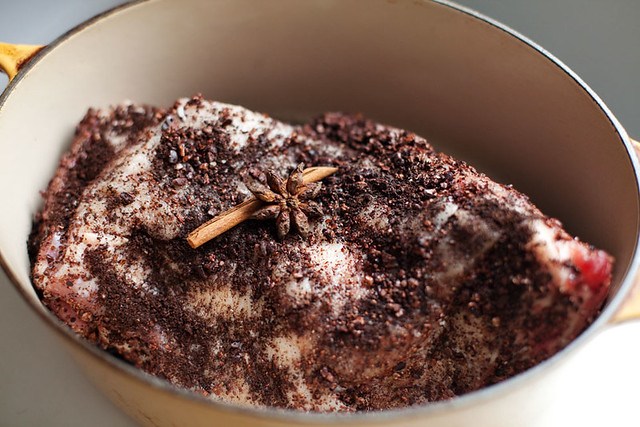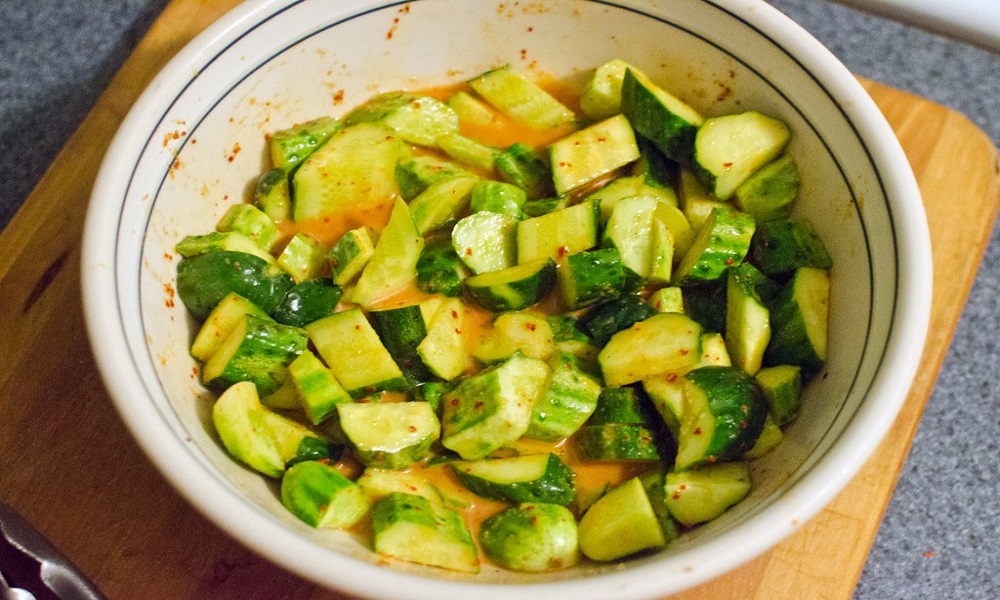Picture a culinary landscape where recipes aren’t written but whispered through generations. Native American cuisine offers this connection—ingredients that existed long before measuring cups. Most of this wisdom vanished like Polaroids left in sunlight, but these recipes are being reclaimed by Indigenous chefs with fierce determination. Ready for a taste? These 7 dishes tell stories of resilience born from American soil.
7. Mutton Stew
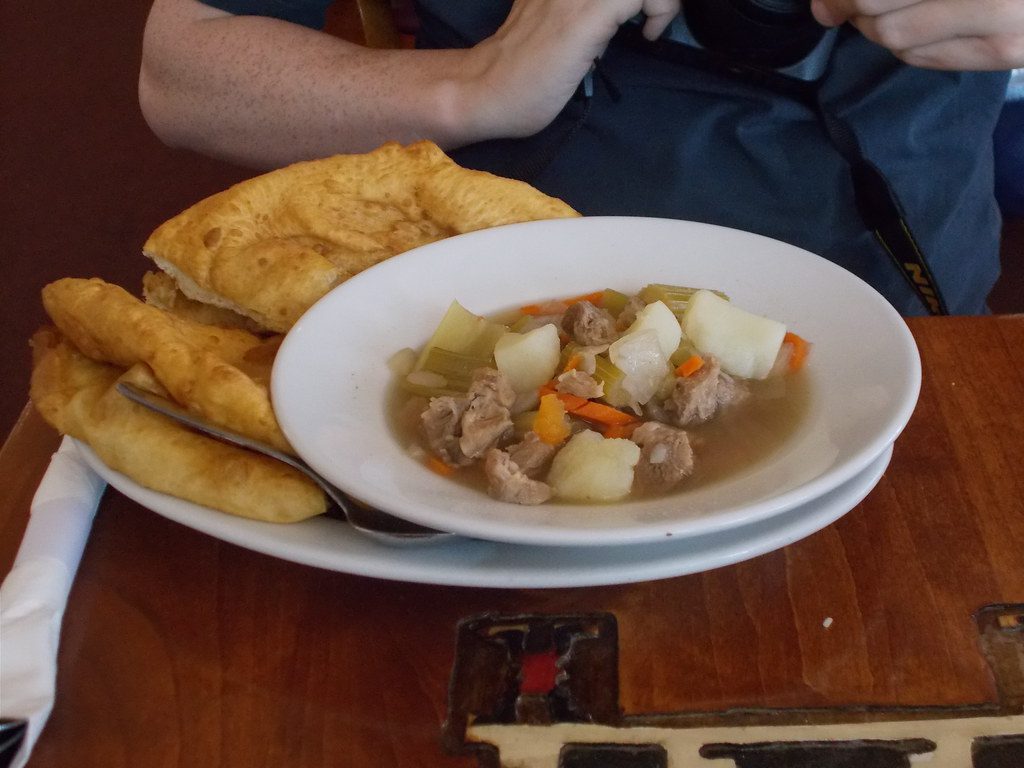
Mutton Stew makes time slow down. When sheep arrived on Navajo lands, the people didn’t just adopt the animal—they transformed it into something that belonged there all along. Like finding the perfect soundtrack for a landscape photographed a thousand times.
The rich, gamey flavor hits deeper than mild lamb, while hominy swells with substance after hours of patient simmering. This stew represents generations thriving in harsh desert conditions. Food wasn’t entertainment but survival.
6. Ojibwe Wild Rice and Maple Chicken
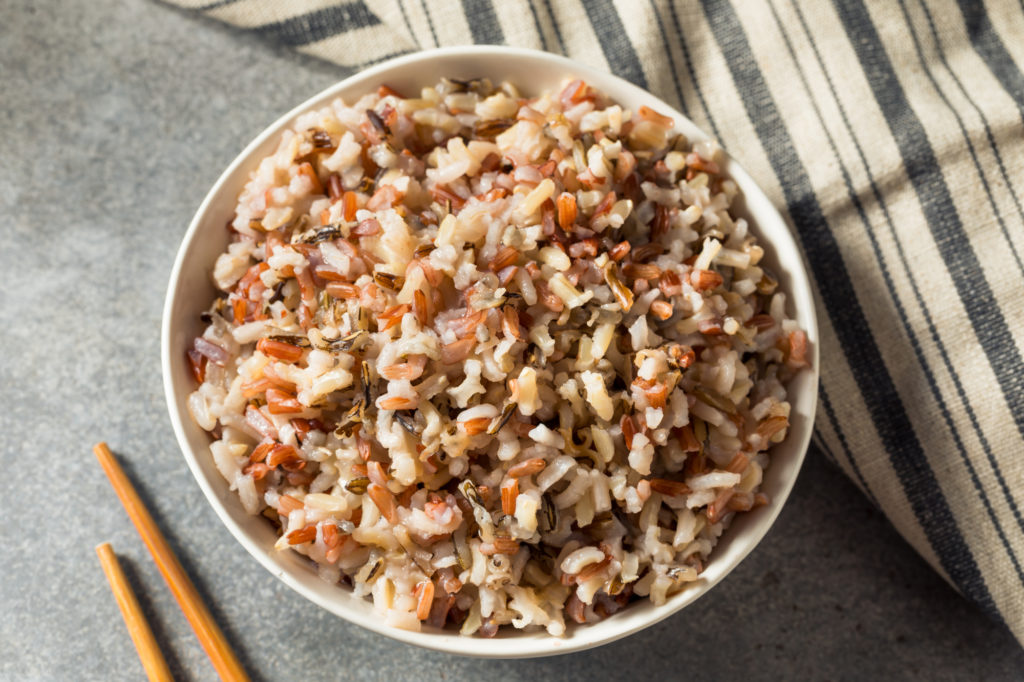
This dish is the Great Lakes region writing a love letter to itself. Wild rice—actually an aquatic grass seed—gets harvested by canoe. Harvesters knock ripe seeds into boats with cedar sticks. No factory line. No automation. Just people, water, and patience in a quiet conversation.
The chicken, kissed with maple syrup tapped when winter exhales its last breath, balances the nutty rice perfectly. Together they speak of Ojibwe seasonal rhythms—wild rice from late summer, maple from early spring.
5. Salmon on Cedar Planks
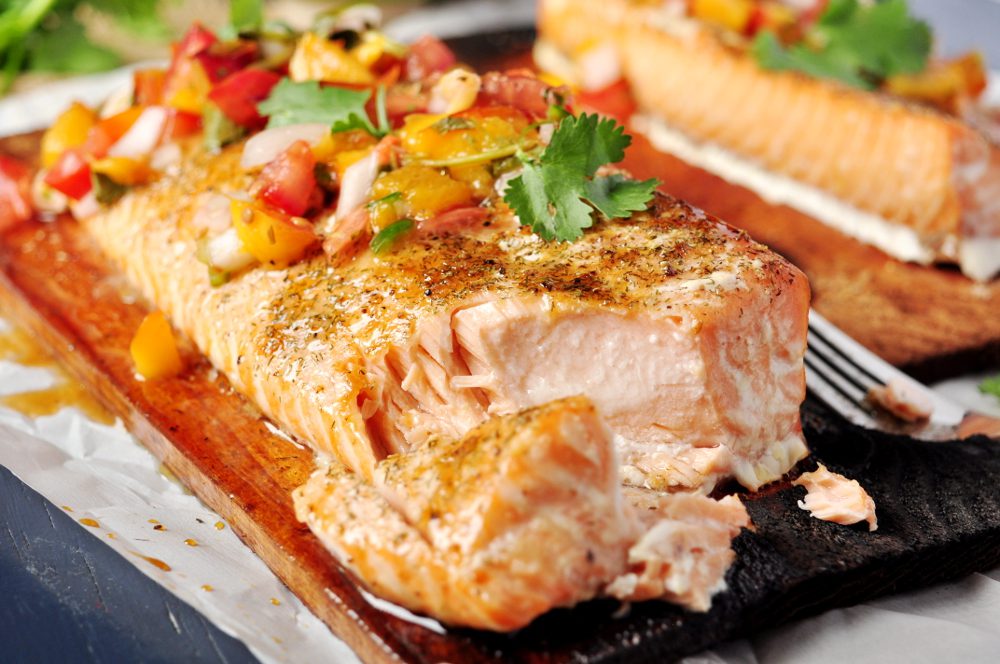
Pacific Northwest tribes nailed this concept before food videos existed. Salmon fillets pinned to cedar planks near open flames created multi-sensory magic—fat sizzling like vinyl records, cedar smoke perfuming the air, flames dancing across fish skin.
The technique isn’t just culinary—it’s spiritual. Honoring the salmon’s sacrifice with perfect preparation. Cedar whispers woodsy essence into flesh without stealing the show. The result is salmon so tender it practically dissolves, telling stories of rivers meeting oceans.
4. Piki Bread

Piki Bread embodies patience thinner than paper. Hopi women master spreading blue cornmeal across hot stones in one impossibly thin layer. Years of practice for seconds of execution. Like learning to capture light perfectly without checking settings. The paper-thin result makes cultural memory edible.
Mothers teach daughters through silent observation. An unbroken knowledge chain no tutorial could replace. Each wafer demands perfect timing—too hot, it burns; too cool, it sticks. No second chances. This bread tells stories of precision, preservation, and corn’s sacred place in Hopi understanding.
3. Summer Squash Casserole

Summer Squash Casserole is warm weather translated to dinner language—like that moment summer arrives and suddenly everyone’s posting sunset photos from their backyard. Sliced squash layers with sun-dried corn in a celebration so perfectly simple it feels like cheating.
Modern recipes drown vegetables in dairy and canned soup—the culinary equivalent of overfiltering a perfectly fine landscape. This Indigenous approach honors the actual vegetables. Imagine that. Food that doesn’t need hashtags to be memorable. Just ingredients speaking their own unedited truths.
2. Maple Candy
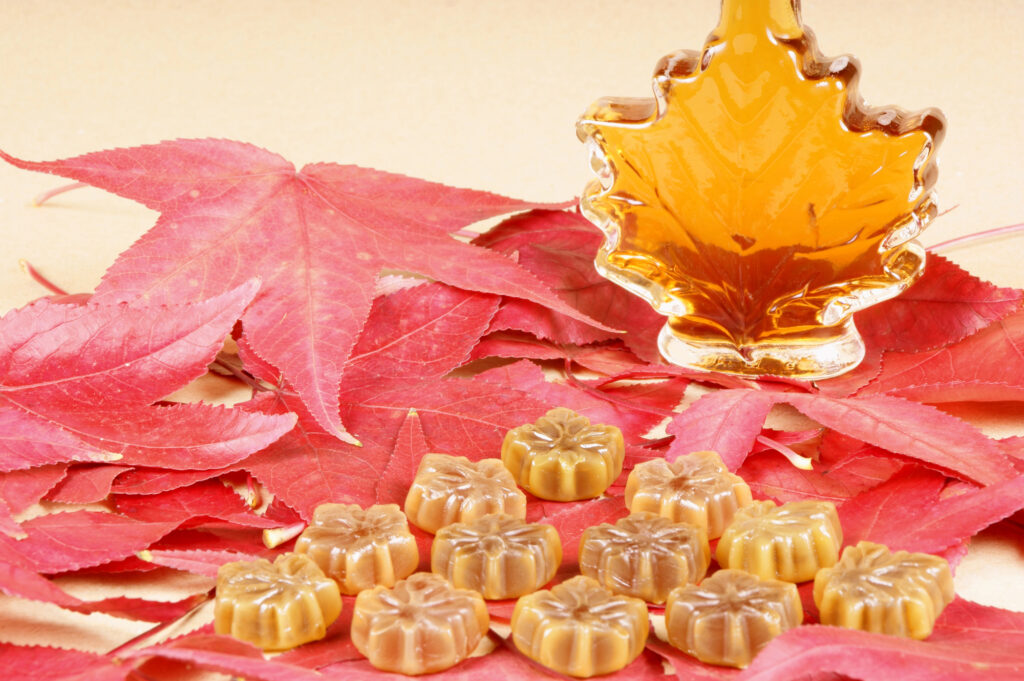
Maple Candy is what happens when trees whisper sweet nothings to winter and spring captures the conversation. Made during that fleeting moment when freezing nights give way to warm days—nature’s version of that perfect lighting you chase for hours only to get three usable shots.
The process requires the patience modern life forgot. Forty gallons of sap yields one gallon of syrup. Then it’s boiled further until it reaches that magical temperature where time and sweetness collapse into something transcendent. Like the best song on an album that never made it to radio—pure, overlooked perfection.
1. Wild Rice Stuffed Pumpkin
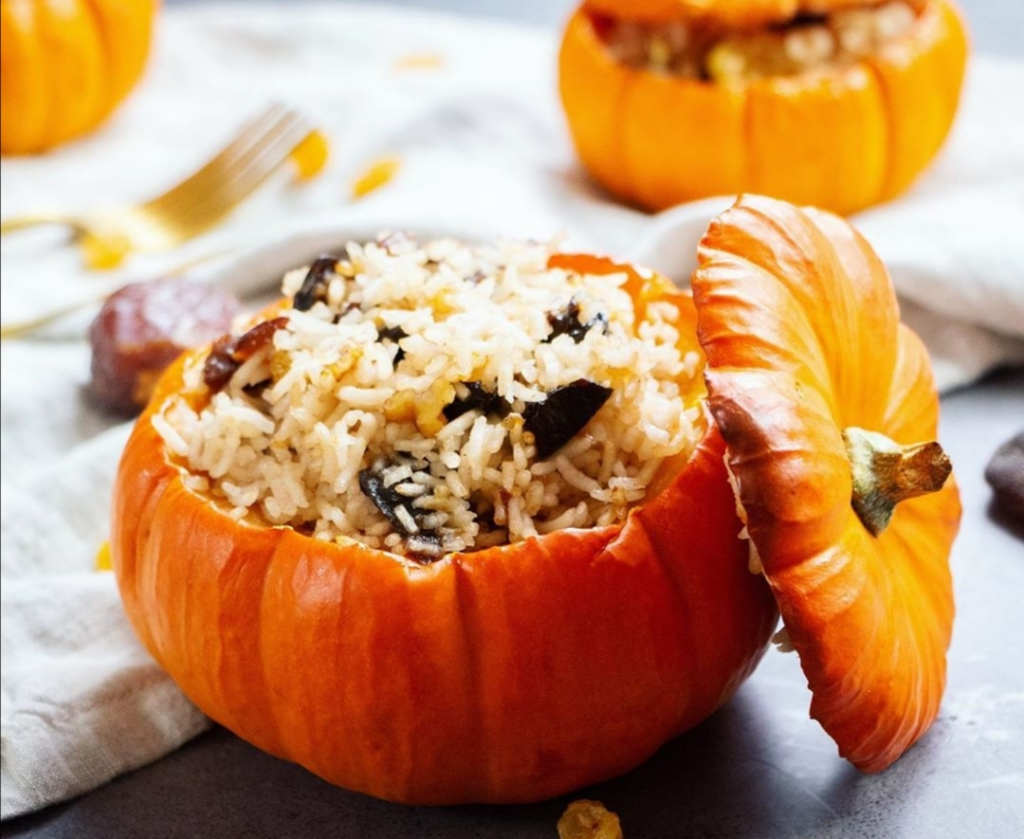
Imagine autumn wrapped in a gourd—that magical season when everyone suddenly becomes a photographer chasing red leaves and moody fog. Wild Rice Stuffed Pumpkin transforms an entire pumpkin into cooking vessel and meal component, zero-waste cooking before sustainability became a hashtag.
The hollowed pumpkin cradles wild rice, cranberries, and mushrooms, then bakes slowly. Meanwhile, the wild rice—harvested by canoe in a tradition older than your favorite vintage filter—keeps its magnificent texture. This is edible nostalgia for a time most of us never experienced but somehow still miss.


